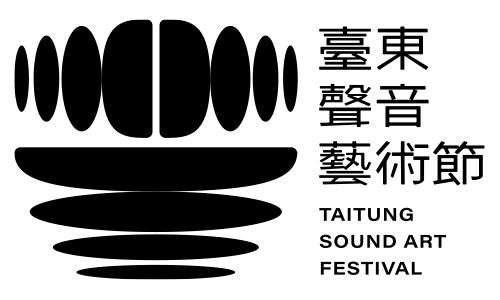私たちはそれらを溶かし地に注ぐ
With some archival photos and recordings, this video essay introduces a true story of an archaeological excavation that took place in the rural east coast of Taiwan during the Japanese colonial period, more specifically during the heat of the Pacific War between Japan and U.S.A.. The Japanese physical anthropologist Takeo Kanasaki and archaeologist Naoichi Kokubu came to Peinan Site and excavated the site under the air raids of U.S. military force.
The work questions the motivation of doing such a dangerous excavation and look into their academic report “Research on a Prehistoric Site Near Peinan, Formosa.” The summary of the report is turned into a audio visual composition of flashing color, text and beats. It creates mesmerising lighting patterns and the rhythmic apparatus for the visitor to revisit an imaginary time-space of “January 1945.”
The video essay also introduces another different gesture which took place in the very same place where the Japanese scholars were targeted from the U.S. air fighters. The elders of Puyuma Community from the neighborhood recall and tell the artist that they had picked up the bullet cases, took lead from them, melt the lead, dig the earth making a mould and cast the lead to make accessories. The narratorial voice which sometimes changes its mode from storytelling into spoken words, accompanied by the music, evokes the resonance between two gestures as a form of resistance against the violence of war, an affair of the nation-state.

mamoru


